
Statement of policy intent: relaunch of the Innovative Licensing and Access Pathway
By Medicines and Healthcare Products Regulatory Agency
The aim of the Innovative Licensing and Access Pathway is to speed up the process of delivering new medicines to patients via the NHS.
The re-launch of this end-to-end access pathway will allow improved collaboration between developers, the NHS, regulators and health technology assessment bodies right from the start of clinical development.
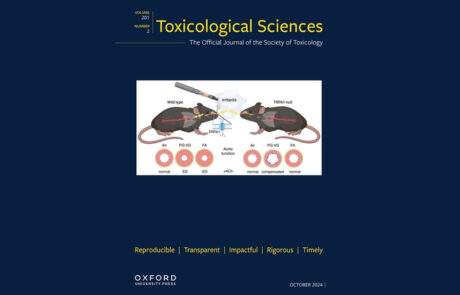
Qualified kidney injury biomarkers demonstrate value during early clinical drug development
By Ravindra et al
This paper reports on the clinical implementation of the FDA-qualified kidney safety biomarker panel, when addressing the concern of Drug-induced kidney injury (DIKI) during drug development and in clinical practice.
Using Pfizer’s phase 1 and 2 trials as case studies, the outcomes of this paper find this biomarker panel useful to guide risk assessment, dose selection, and clinical decision making for novel therapeutics.
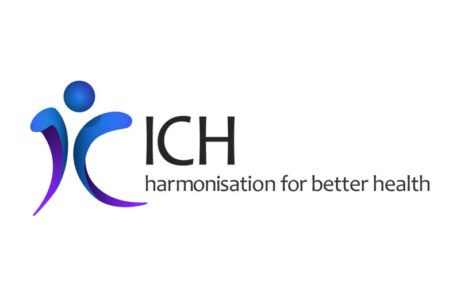
Final Concept Paper S13 EWG: Non-clinical Safety Evaluation of Oligonucleotide-based Therapeutics
By ICH
This new concept paper aims to outline the process of drafting a new ICH safety guideline based on the nonclinical assessment recommended to characterise the safety of oligonucleotide-based therapeutics.
The guideline ultimately aims to enable more efficient design and conduct of nonclinical and clinical trials of oligonucleotide-based therapeutics, while minimising animal use.
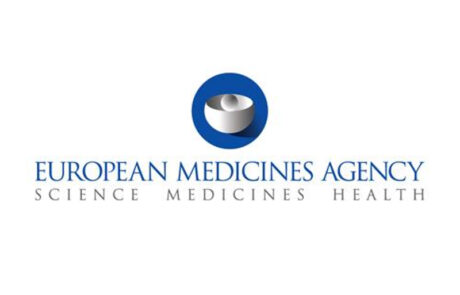
Concept paper for the development of a guideline on the demonstration of therapeutic equivalence for nasal products
By The European Medicines Agency
Currently, there is no consensus view or guidelines available detailing data requirements for therapeutic equivalence (TE) for nasal products intended for local treatment.
The aim of this new guideline would be to detail the data requirements for demonstrating TE between nasal products containing the same active moiety(ies).

Tolvaptan safety in autosomal-dominant polycystic kidney disease; a focus on idiosyncratic drug-induced liver injury liabilities
By Hammond et al
Despite being an effective and well tolerated treatment of autosomal-dominant polycystic kidney disease, Tolvaptan is associated with rare but serious idiosyncratic liver injury (IDILI).
This paper therefore outlines mechanistic investigations to explain the iIDILI events. Potential risk factors which may contribute to individual susceptibility to DILI reactions are addressed, and key areas for future investigative/clinical development are highlighted.
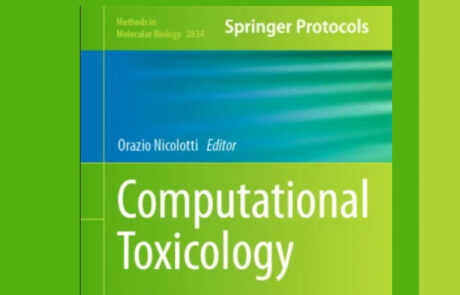
Toxicity Potential of Nutraceuticals
By Orazio Nicolotti
There are many advantages to using nutraceuticals; easy access, cost-effectiveness, and tolerability. However, for a large number of nutraceuticals, no toxicity/safety data are available due to a lack of pharmacological/toxicological studies and alarmingly, some have have an inherent toxic potential.
This chapter describes various aspects of nutraceuticals, particularly their toxic potential, and the factors that influence their safety.
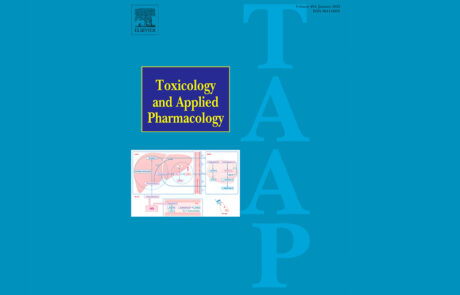
Bronchioalveolar organoids: A preclinical tool to screen toxicity associated with antibody-drug conjugates
By McCray et al
Off-target toxicities are an unfortunately common risk in the development of cancer therapies which regularly go un-noticed during preclinical testing due to limitations within the models. This study develops human bronchioalveolar organoids grown from primary alveolar epithelial cells which mimic the lung epithelia and detect off target effects of antibody drug conjugates.
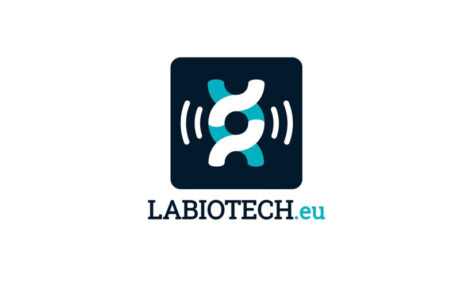
CAR-T drugs and parkinsonism: a cause for concern?
By Roohi Mariam Peter
Galapagos Pharmaceuticals have halted their CAR-T GLPG5301 trial in patients with relapsed or refractory multiple myeloma after a patient has developed symptoms of Parkinsonism. This comes after another FDA-approved CAR-T therapy Carvykti was linked to a risk of developing Parkinsonism and Guillain-Barré syndrome.

Trust Your Gut: Screening Drugs Using Novel Intestinal Models
By
The gastrointestinal (GI) tract is the primary route of absorption for orally administered drugs, and hence drug-related GI adverse events are common during drug development. This interesting article investigates the use of animal and in vitro models for the preclinical testing of orally administered drugs. The Repligut Systems from Altis Biosystems are highlighted due to their ability to overcome some of the major limitations of traditional organoid systems.

Control of N-Nitrosamine impurities in drug products: progressing the current CPCA framework and supporting the derivation of robust compound specific acceptable intakes
By Ponting et al
The carcinogenic potency categorisation approach aims to provide a rapid assessment of the potential acceptable intake (AI) for a nitrosamine impurity. The CPCA details a risk management framework for when nitrosamine drug substance-related impurity.
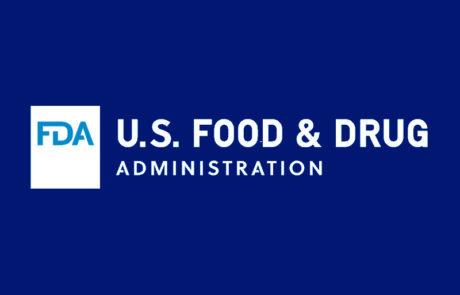
Recommended Followup Testing for an Ames-Positive Drug (Active Ingredient) or Metabolite To Support First-in-Human Clinical Trials With Healthy Subjects
By the FDA
This draft guidance makes recommendations on followup testing for Ames-positive active ingredients in circumstances when a sponsor decides to continue development. The guidance recommends a consistent process of followup testing and evaluation that first should be conducted for an Ames-positive active ingredient before proceeding with first-in-human (FIH) trials in healthy human subjects. These recommendations are intended to potentially help address and lower safety concerns before proceeding with FIH trials in healthy human subjects.
